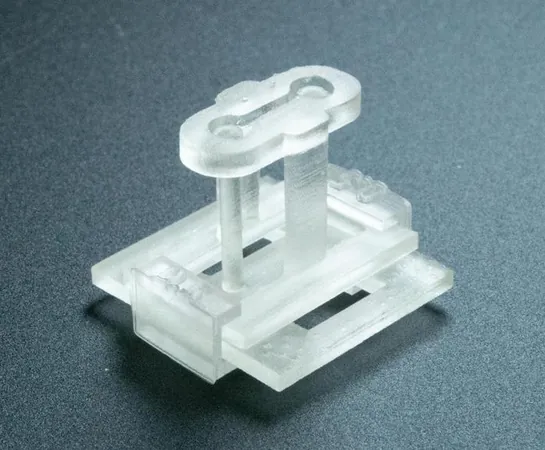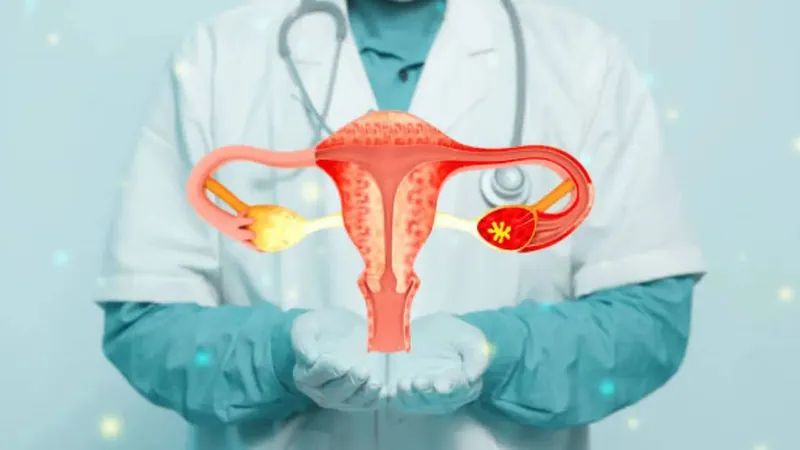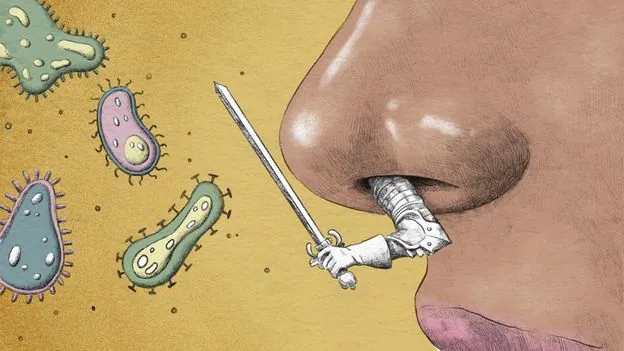
Revolutionizing Tissue Engineering: Meet the Game-Changer STOMP Device!
2025-05-26
Author: Jia
Unlocking New Frontiers in Tissue Engineering
In a groundbreaking development, researchers at the University of Washington have unveiled a transformative tool known as the Suspended Tissue Open Microfluidic Patterning, or STOMP. This innovative device is set to redefine how scientists create and study human tissues in the lab, bridging the gap between natural cell environments and laboratory conditions.
The Quest for Perfect Tissue Models
One of the biggest hurdles facing human tissue researchers has been replicating the complex environments in which cells grow naturally. Traditionally, cells have been suspended in gels, allowing for individual tissue study. However, the challenge lies in precisely interlinking various tissue types to study their interactions, which demands higher accuracy in spatial arrangements.
STOMP: A Tiny Device with Major Implications
Enter STOMP, a pocket-sized marvel designed to facilitate the examination of cell responses to mechanical stimuli. Constructed with SolidWorks and 3D printed using Formlabs' clear resin, this tool is not only compact but powerful. It creates distinct biological interfaces—like that of bone and ligament or healthy vs. fibrotic heart tissue—without extra equipment.
Innovative Features That Set STOMP Apart
The STOMP device features an open microfluidic channel, allowing researchers to manipulate cell spacing and composition effortlessly. By utilizing capillary action, STOMP lets scientists design intricate patterns, enhancing traditional tissue engineering methods like casting. With built-in degradable hydrogel walls, this device can break down as needed, keeping the surrounding tissue intact.
Real-World Testing: STOMP in Action
In two pivotal experiments, STOMP was used to compare the contraction dynamics of healthy versus diseased heart tissue and to model the ligament that anchors a tooth to its socket. The results promise valuable insights into tissue engineering and cell signaling, paving the way for new research possibilities.
A Collaborative Triumph
Professors Asleigh Theberge and Nate Sniadecki, who spearheaded the project, highlighted the importance of interdisciplinary collaboration in achieving this remarkable milestone. "This method opens new possibilities for tissue engineering and cell signaling research," noted Theberge, emphasizing the potential impact STOMP could have on the future of biomedical research.






 Brasil (PT)
Brasil (PT)
 Canada (EN)
Canada (EN)
 Chile (ES)
Chile (ES)
 Česko (CS)
Česko (CS)
 대한민국 (KO)
대한민국 (KO)
 España (ES)
España (ES)
 France (FR)
France (FR)
 Hong Kong (EN)
Hong Kong (EN)
 Italia (IT)
Italia (IT)
 日本 (JA)
日本 (JA)
 Magyarország (HU)
Magyarország (HU)
 Norge (NO)
Norge (NO)
 Polska (PL)
Polska (PL)
 Schweiz (DE)
Schweiz (DE)
 Singapore (EN)
Singapore (EN)
 Sverige (SV)
Sverige (SV)
 Suomi (FI)
Suomi (FI)
 Türkiye (TR)
Türkiye (TR)
 الإمارات العربية المتحدة (AR)
الإمارات العربية المتحدة (AR)